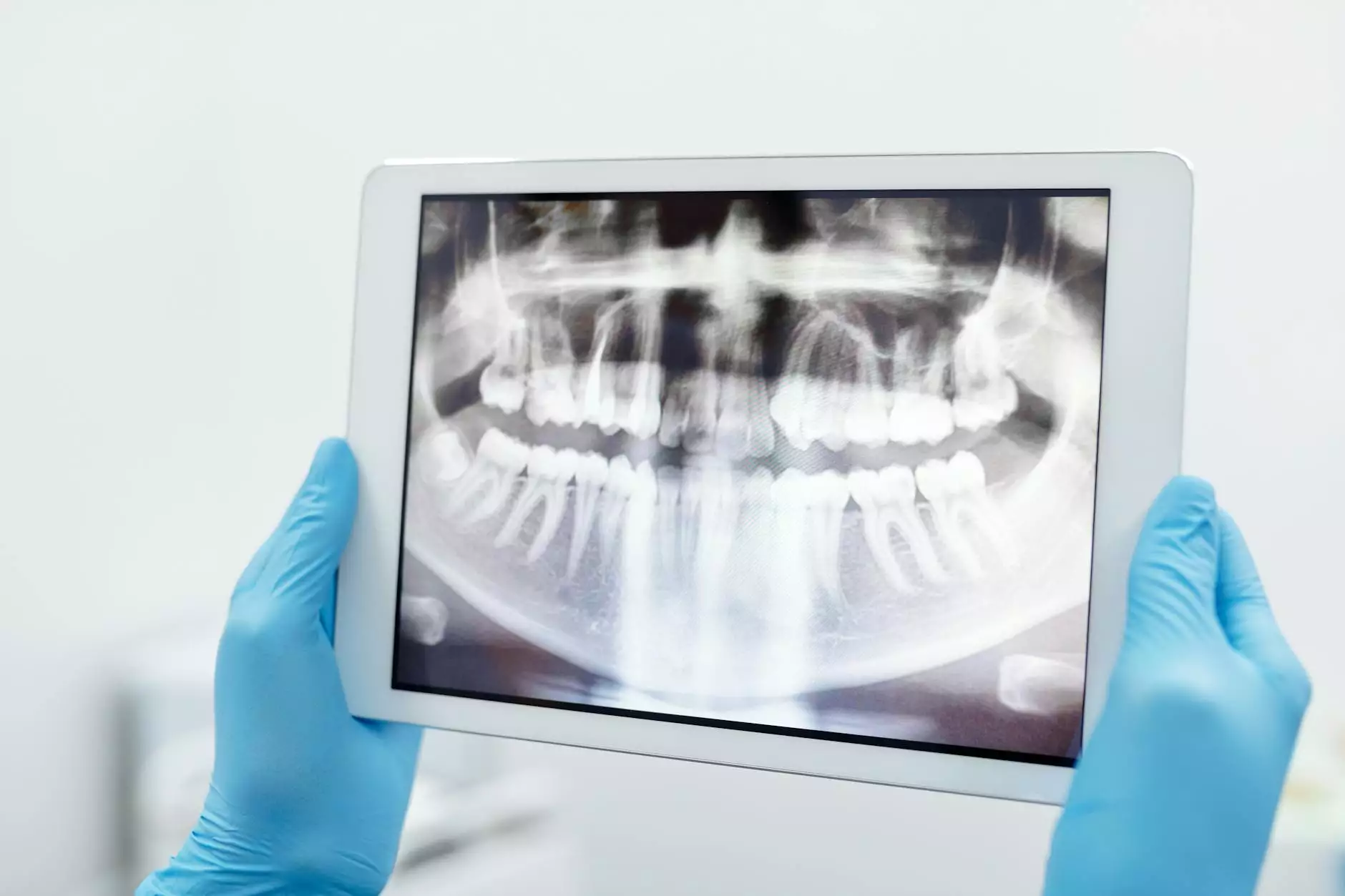CT Scan for Lung Cancer: A Comprehensive Guide

Lung cancer is one of the leading causes of cancer-related deaths globally. Early detection is crucial for improving survival rates, and advancements in technology have made diagnostic procedures like the CT scan invaluable in this regard. In this article, we will explore what a CT scan is, its significance in lung cancer diagnosis, how it works, and what patients can expect during the process.
Understanding CT Scans
A CT scan, or computed tomography scan, is a medical imaging technique that uses X-rays to create detailed cross-sectional images of the body. This technology combines multiple X-ray images taken from different angles, which a computer processes to generate images that provide more information than a traditional X-ray. CT scans are particularly beneficial in visualizing the lungs and assisting in diagnosing various conditions, including lung cancer.
Why Are CT Scans Important in Lung Cancer Detection?
CT scans are vital in the early detection of lung cancer for several reasons:
- High Sensitivity: CT scans can detect lung tumors that may be too small to be found by a standard chest X-ray. This higher sensitivity allows for earlier intervention.
- Three-Dimensional Imaging: Unlike traditional X-rays, CT scans provide a detailed cross-section of the lungs, helping physicians locate tumors in a more precise manner.
- Guidance for Biopsy: When a mass is detected, a CT scan can guide the physician during a biopsy, ensuring accurate sampling of tissue for diagnosis.
- Monitoring Treatment Response: After a diagnosis of lung cancer, CT scans can be used to monitor the effectiveness of treatments, providing crucial information about tumor shrinkage or growth.
How Does a CT Scan Work?
Understanding the process of a CT scan can help alleviate any concerns about the procedure. Here’s a step-by-step overview:
1. Preparation
Before the scan, your healthcare provider will give you specific instructions, which may include avoiding food or drinks for several hours, especially if a contrast agent is used. It’s important to inform them about any allergies, especially to iodine, if a contrast material is to be administered.
2. Positioning
When you arrive for your CT scan, you will be asked to lie down on a narrow examination table. The technician will position you so that the area of interest—your lungs—is accurately targeted.
3. Scanning Process
The CT scanner is a large, donut-shaped machine that takes images as it rotates around you. You will be instructed to remain still during the scan, which typically lasts only a few minutes. You may hear a humming sound as the machine operates.
4. Use of Contrast Agents
In some cases, a contrast agent may be injected into a vein in your arm to enhance the images. This helps highlight areas of concern and can provide a clearer picture of the lungs and surrounding structures.
5. Post-Scan
After the scan is completed, you can usually resume normal activities immediately, especially if no contrast agent was used. The images will be analyzed by a radiologist, who will provide a report to your doctor.
Common Uses of CT Scans in Lung Cancer Management
CT scans play a crucial role at various stages of managing lung cancer:
Screening
For high-risk individuals, such as smokers or those with a family history of lung cancer, annual low-dose CT scans are recommended as a screening tool. This practice has been shown to significantly reduce lung cancer mortality by detecting the disease at an earlier stage.
Diagnosis
If lung cancer is suspected based on symptoms or initial imaging, a CT scan can confirm the presence of tumors and help determine their size and location.
Staging
Once diagnosed, staging helps determine how far lung cancer has spread. CT scans assist in identifying whether cancer has invaded nearby tissues or spread to lymph nodes and distant organs.
Treatment Planning
CT scans provide vital information for developing a treatment plan. Whether surgery, chemotherapy, or radiation therapy is indicated, detailed imaging can inform the best approach.
Follow-Up
After treatment, regular CT scans can monitor for any recurrence of the disease or evaluate how well the treatment is working.
Benefits of CT Scans Over Other Imaging Modalities
While other imaging techniques, such as MRI or PET scans, also play a role in cancer diagnostics, CT scans offer several unique advantages:
- Speed: CT scans are quick, typically taking only a few minutes, and provide immediate results.
- Comprehensive Imaging: They are particularly effective in imaging the lungs and airways and are capable of revealing both soft and hard tissues.
- Widespread Availability: CT scanners are widely available in most healthcare facilities, making them accessible for most patients.
Understanding Risks and Considerations
While CT scans are safe and beneficial, there are important factors to consider:
- Radiation Exposure: CT scans involve exposure to radiation, although the risk is often outweighed by the benefits in cancer detection. Discuss any concerns about radiation with your doctor.
- Contrast Material Risks: If a contrast agent is used, there is a small risk of allergic reactions. Ensure you discuss any previous reactions with your healthcare provider.
- False Positives: Despite their precision, CT scans can lead to false positives, potentially resulting in unnecessary biopsies or anxiety.
The Role of Healthcare Professionals
Health professionals, from radiologists to oncologists, play a pivotal role in lung cancer diagnosis and treatment. They ensure that patients receive timely, accurate assessments and tailored care. Here’s how they contribute:
Radiologists
Radiologists interpret CT scans and provide critical insights into the presence and extent of lung cancer. Their expertise is essential in making accurate diagnoses that guide treatment decisions.
Oncologists
A medical oncologist designs an individualized treatment plan based on the stage of cancer as interpreted from imaging studies, including CT scans. They coordinate care and may refer patients for surgery or radiation therapy as needed.
Nurses and Support Staff
Nurses are there to support patients throughout the scanning process, ensuring they are comfortable and informed. They manage the logistics of care and help address any concerns patients may have regarding the procedure.
Conclusion: The Future of Lung Cancer Detection and Treatment
As technology evolves, the methods for diagnosing and treating lung cancer continue to improve. CT scans remain an essential tool in this fight, offering early detection, precise staging, and ongoing monitoring of lung cancer. By working with skilled healthcare professionals and utilizing advanced imaging techniques, patients can have a clearer understanding of their condition and access effective treatment options.
If you or someone you know is at risk for lung cancer, or if you have questions about the diagnostic process, don’t hesitate to seek guidance from a qualified healthcare provider. Understanding your health is the first step toward proactive decision-making and effective management of lung cancer.
For more information about lung cancer treatment and diagnostic services, visit Hello Physio.
ct scan for lung cancer








